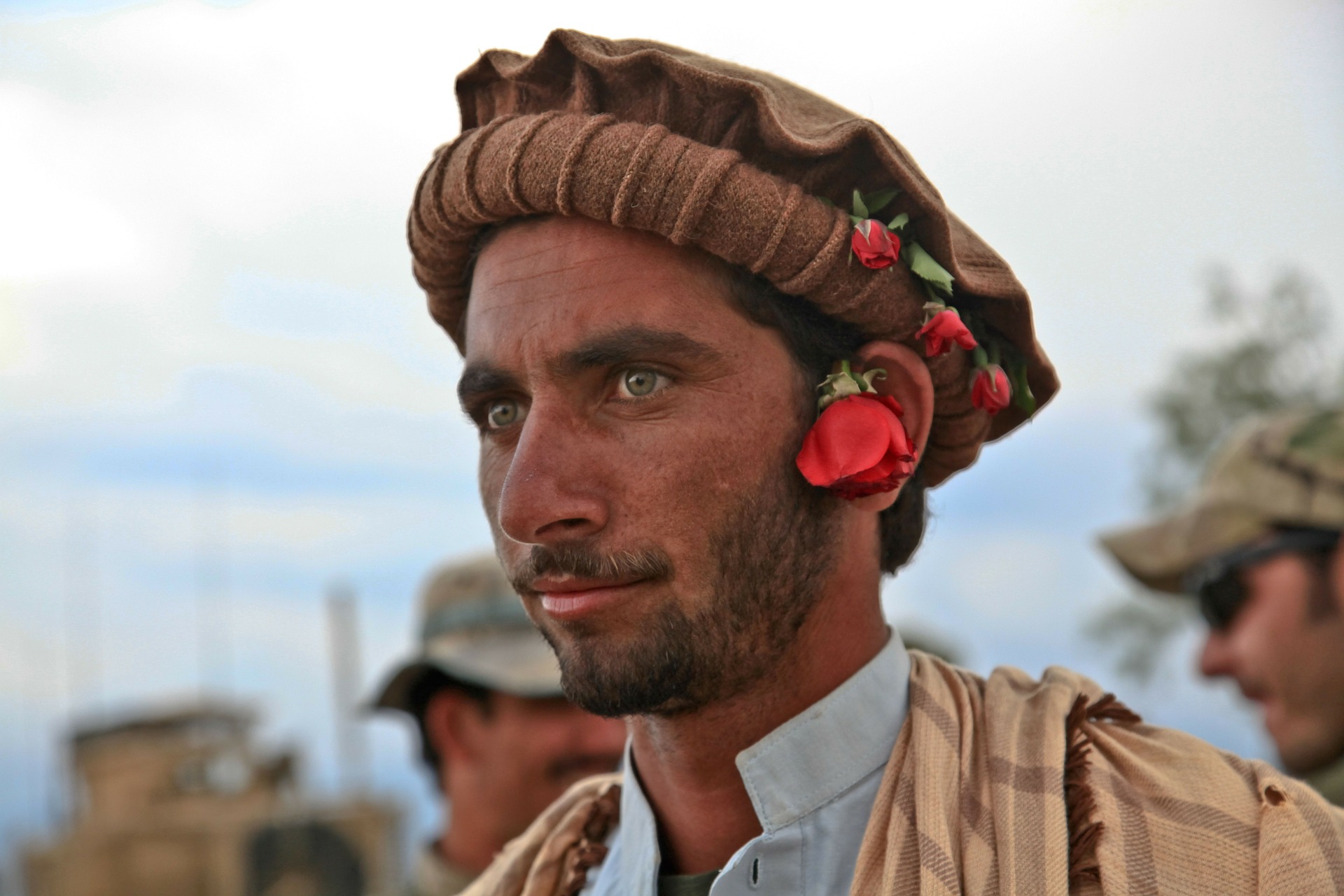 Afghanistan might not be the first place that comes to mind when thinking of global fashion hotspots, but that’s going to change if the new clothing label Laman has anything to say about it. The label was launched by a group of young Kabul-based entrepreneurs in 2015. Ever since, it’s been making headlines at home and abroad for its bold interpretations of Afghan fashion. Here’s what you need to know about this stylish startup.
Afghanistan might not be the first place that comes to mind when thinking of global fashion hotspots, but that’s going to change if the new clothing label Laman has anything to say about it. The label was launched by a group of young Kabul-based entrepreneurs in 2015. Ever since, it’s been making headlines at home and abroad for its bold interpretations of Afghan fashion. Here’s what you need to know about this stylish startup.
It taps into Kabul’s history as a fashion capital.
From the 1920s to the 1970s, Kabul enjoyed an international reputation as a hub of fashion and style. The era was reflected in the chic outfits and hairstyles of its citizens, and the world took notice of unique examples of Afghan fashion like the goat-skin coat.
In December 1969, Vogue even ran a cover story titled “Afghan Adventure” that featured some of the country’s young style icons. And although decades of conflict have all but erased the vibrancy of Afghanistan’s fashion traditions, it’s precisely this spirit of style – a throwback to the country’s golden age of fashion – that Laman hopes to revive.
It’s headed by a sibling duo.
Laman is currently helmed by the brother-sister team of Haseeb and Rahiba Rahimi. As president, the self-taught Rahiba is the company’s lead designer. Ever since she was a child seeing her mother wearing dresses and scarves with traditional Afghan embroidery, she has wanted to have her own design company that would claim and celebrate her country’s cultural heritage.
Her brother Haseeb serves as the label’s CEO, supporting the company through his experience in business, economics, and finance. The two siblings launched the label with fellow co-founder Khalid Wardak, a designer and graduate of a fashion school in London, but he has since left the company to pursue other projects.
Together, the team has done pioneering work in advancing the business of fashion in Afghanistan. Because there was no pre-existing business model, the founders had to start completely from scratch: getting proper government authorizations, researching suppliers, establishing a production line, and taking care of the all-important marketing aspect of launching a new brand.
It blends traditional and contemporary styles.
Laman has become known for its innovative approach to fashion, which presents traditional Afghan designs and styles with a modern twist. The label has focused especially on reviving Afghanistan’s rich tradition of embroidery. These elaborate and detailed designs vary depending on the region and community. Bright colors and patterns are beautifully showcased in Laman’s dresses and suits, which are made of lighter fabrics that are more suitable for modern lifestyles.
Laman has also taken care to ensure that its women’s clothing is acceptable for everyday wear in Afghan society. To this end, the label produces two women’s collections. One features garments that are long and loose enough to be appropriate for public wear. The other features somewhat more fashion-forward designs that are meant to be worn privately in the home.
It has a diverse clientele.
When Laman first launched, its target market was middle- and upper-class Afghans, both men looking for professional clothes for work and women seeking dressier options for weddings and other formal events. Its clothing ranges in cost from $29, or 2000 Afghanis, for a simple dress, up to $200 for more intricately-embroidered pieces. Today, the label enjoys a diverse clientele, including foreign customers (both within and beyond Afghanistan), government officials, and young girls and boys.
Its designs have been seen on television.
An important early breakthrough for Laman came shortly after the label’s launch. The team was asked to design clothing for some of the judges and participants on “Afghan Star,” a hugely-popular reality television show structured like “American Idol.” This early exposure was critical in helping build brand recognition and demand for the label’s unique and trendy designs.
It promotes economic empowerment.
Small businesses like Laman play an incredibly important role in Afghanistan’s economic development. From its original three co-founders, Laman has grown to employ more than 30 people. Many of its employees work from home, sewing and embroidering the pieces. This allows people who might not otherwise have economic opportunities to earn an income and help support their families.
In big-picture terms, Afghanistan’s textiles sector is still very under-developed despite high consumer demand. In 2015, for example, Afghanistan spent more than $200 million importing textiles and clothes from countries like China and the United Arab Emirates. If even some of those items could be produced domestically, by companies like Laman, that could be a major contribution to Afghanistan’s economy.

